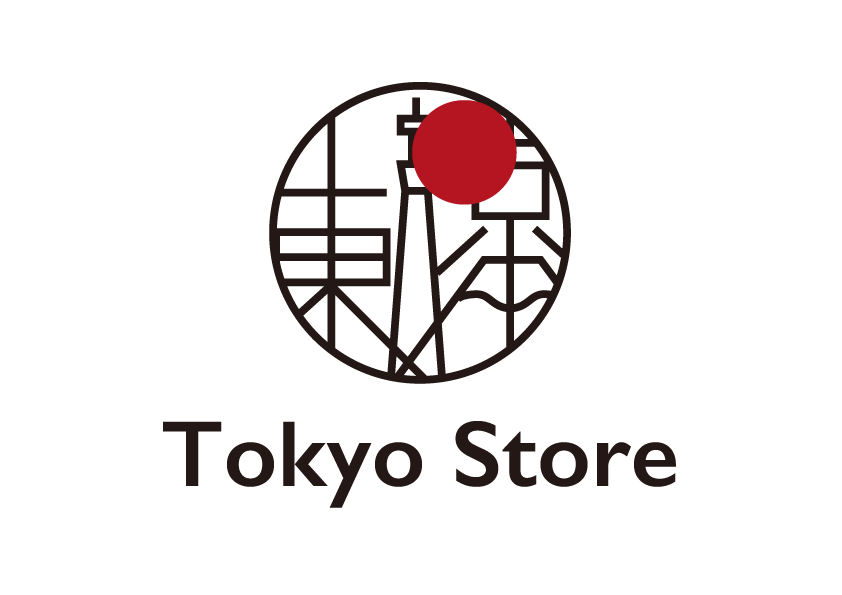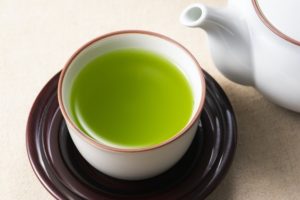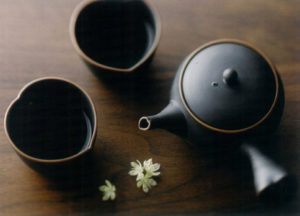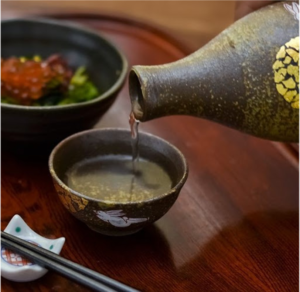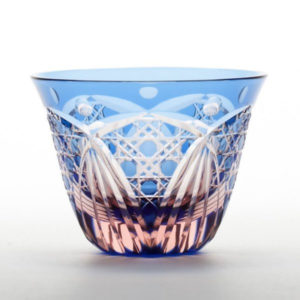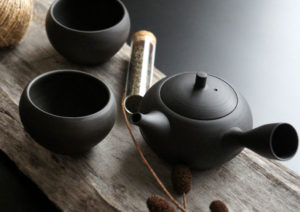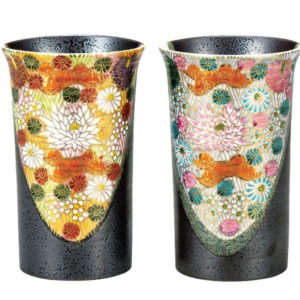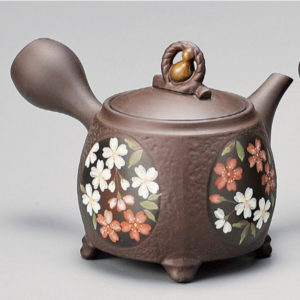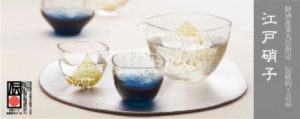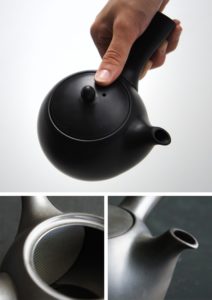NEWS
Why are Japanese teapots (Kyusu teapots and teacups) required now? !!
Japanese teapots (Kyusu teapots and teacups) are rapidly gaining popularity at stay homes! Now that the coronavirus is spreading all over the world, strict stay homes and telework are required in each country.The longer you stay at home, the more time you spend with your family, and many people feel different stress than before.On the other hand, it is said that the number of people who live alone is becoming more and more ill because they do not have the opportunity to interact with people.Now that the world is closed, attention is focused on how to enjoy Japanese-style green tea as well as the effects of Japanese green tea. ◎ […]
Let’s add delicious Japanese green tea at the Japanese Kyusu teapot ♬
Do you find it difficult to brew Japanese tea in a Japanese Kyusu teapot? That’s not true!Anyone can easily brew delicious Japanese green tea using Japanese Kyusu teapot!Japanese green tea can be brewed to the same taste no matter who brews it, as long as the amount of tea leaves, Kyusu teapot, teacup, and hot water (temperature) are the same.Explains the procedure and points of brewing delicious Japanese green tea using Japanese Kyusu teapot. Please refer to the article to find your favorite taste. Do not put hot water directly into the Kyusu teapot from the pot or kettle, but pour it into the one-cushion teacup. Put hot water in […]
How to choose and care for Japanese Kyusu teapots
A Japanese Kyusu teapot that is indispensable for drinking freshly brewed Japanese tea. In addition to the classic Tokoname-yaki Japanese Kyusu teapot, there are many fashionable Japanese Kyusu teapots with unique handles and tea strainers, which are old-fashioned tools, but Japanese Kyusu teapots are updated daily. Recently, Kyusu teapots made of hard-to-break resin and heat-resistant glass are also gaining popularity. This time, we will introduce recommended items of such popular Japanese Kyusu teapot products. First of all, I will explain how to choose a Japanese Kyusu teapot, so please refer to it and find the perfect Kyusu teapot for you. At the same time, please refer to the care and […]
Popular SAKE bottle / SAKE cup recommended ranking
Introducing SAKE bottles / SAKE cups selected by the tokyostore staff.It is organized in a ranking format, so you can see at a glance the really popular SAKE bottles / SAKE cups.Choose your favorite SAKE bottle / SAKE cup that will make you even more excited to drink while keeping the characteristics of the SAKE bottle / SAKE cup. SAKE bottle/SAKE cup that enhances the taste and aroma of SAKE By choosing a SAKE bottle / SAKE cup that is suitable for your favorite sake, the deliciousness and aroma of the sake will be enhanced.Here, we introduce the popularity rankings and features of SAKE bottles / SAKE cups.In addition, it […]
What is Edo Kiriko, a traditional Japanese craft?
Edo Kiriko is a general term for cut glass products produced in Edo / Tokyo from the end of the Edo period to the present.In 1985, it was designated as a traditional craft designated by the Tokyo Metropolitan Government, and in 2002, it was certified as a traditional craft designated by the Minister of Economy, Trade and Industry. The Japanese were good at handling light and shadows, especially natural light, and had a keen sense of softening the sunlight with eaves and shoji and taking it into the room. “Edo Kiriko” is packed with techniques that can only be done by knowing the light, such as refracting light with a […]
Recommended way to wash the Kyusu teapot after use!
Since the Kyusu teapot only makes tea, it rarely gets dirty enough to be scuffed with detergent.(The dirt that accumulates during daily use is different.) Rinse with water or hot water for daily care. ◎ Important points after that!You can dry it naturally, so let’s dry the inside of the kyusu completely before using it.If you continue to use it with moisture remaining, germs will grow, sobe careful.When it is completely dried, the remaining tea leaves may also be dried and removed cleanly. Daily care is very easy!Of course, the dirt that cannot be seen will accumulate little by little just by flushing it with water.That is the tea astringency […]
Do you know Japanese traditional craft “Japan Kutani”?
“Kutani ware” has been heard even by people who are not familiar with ware.The ceramics produced in the southern part of Ishikawa Prefecture (Kanazawa City, Komatsu City, Kaga City, Nomi City) are attractive for their colorful colors and bold paintings. There are two types of Kutani ware, pottery and porcelain.Each has different characteristics, but one of the attractions of Kutani ware is that each has its own advantages. Furthermore, the biggest attraction of Kutani ware is overpainting.After the main baking, add a picture and re-bake at around 800 ℃.At that time, the pattern created by applying heat becomes the taste of the work and gives a beautiful finish. Overpainting is […]
What is the secret of Tokoname ware Kyusu Japanese teapot, which boasts the largest share in Japan?
What is Tokoname ware Kyusu Japanese teapot? Tokoname ware is a pottery that has been made for a long time mainly in Tokoname City, Aichi Prefecture.It has a long history, and in the latter half of the Heian period, as many as 3,000 hole kilns, vases and mountain plates were burned.The ones in the latter half of the Heian period are called “Kotokoname” and are one of the “6 old kilns in Japan” along with Seto, Shigaraki and Echizen.In the Edo period, burnt pottery and Shudei tea ware were made in clay pipes, and in the Meiji era, mechanization progressed by Western European technology, and products such as shochu bottles, […]
What is Japanese Traditional Craftsmanship Edo Glass?
Japanese glass bloomed in Edo.Edo glass feels cooler.Its somehow simple taste comes from the fact that every step of the process is made by craftsmen. What is the appeal of Edo glass? Edo glass refers to the glass products that are handcrafted in Tokyo and other parts of Chiba, inheriting the tradition from the Edo period.The products, which are entirely handcrafted by artisans, are never the same.They come in a variety of colors and designs, but all have the warmth of handmade products. Making Edo glass begins with melting glass at 1400 degrees Celsius to create a syrup-like state (glass seed). There are currently three types of molding. ① Blowing […]
Want to find the perfect Kyusu Japanese teapot for you?
Points to choose from Kyusu Japanese teapots ◎ Choose a sizeIt is said that large is also small, but it does not mean that large is good. If the kyusu is too big, the tea will come out too much and it will be astringent, and if it is too small, you will have to pour it many times, which will make the other party wait. We recommend a size suitable for the number of people brewing. The size of the cup for one person is generally 60 to 100 ml, so it is easy to understand if you consider this as a guide. For 1 person: 100-150 mlFor 2-3 […]
